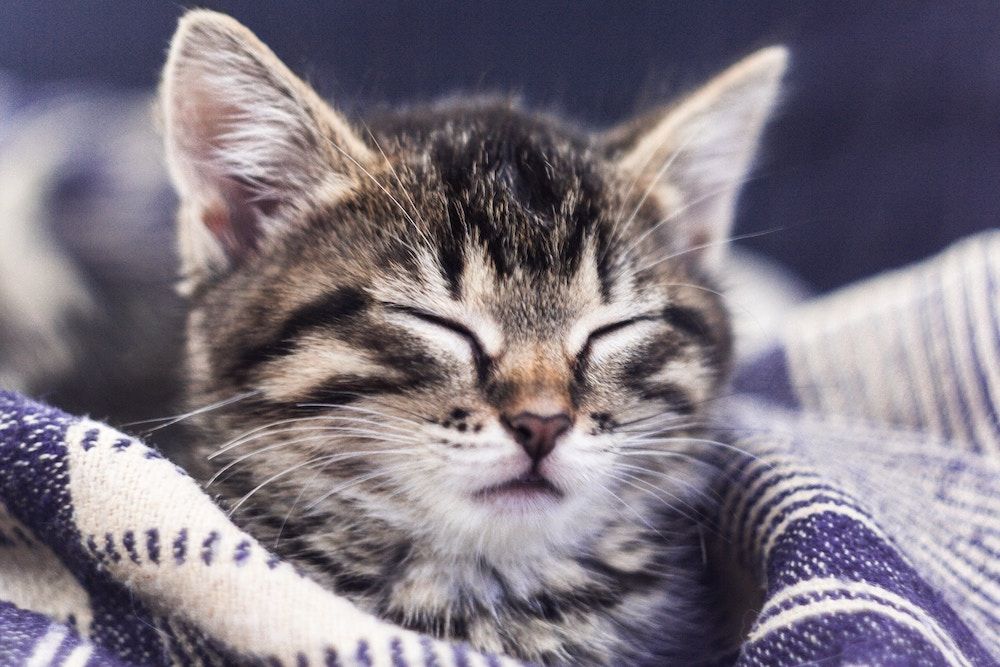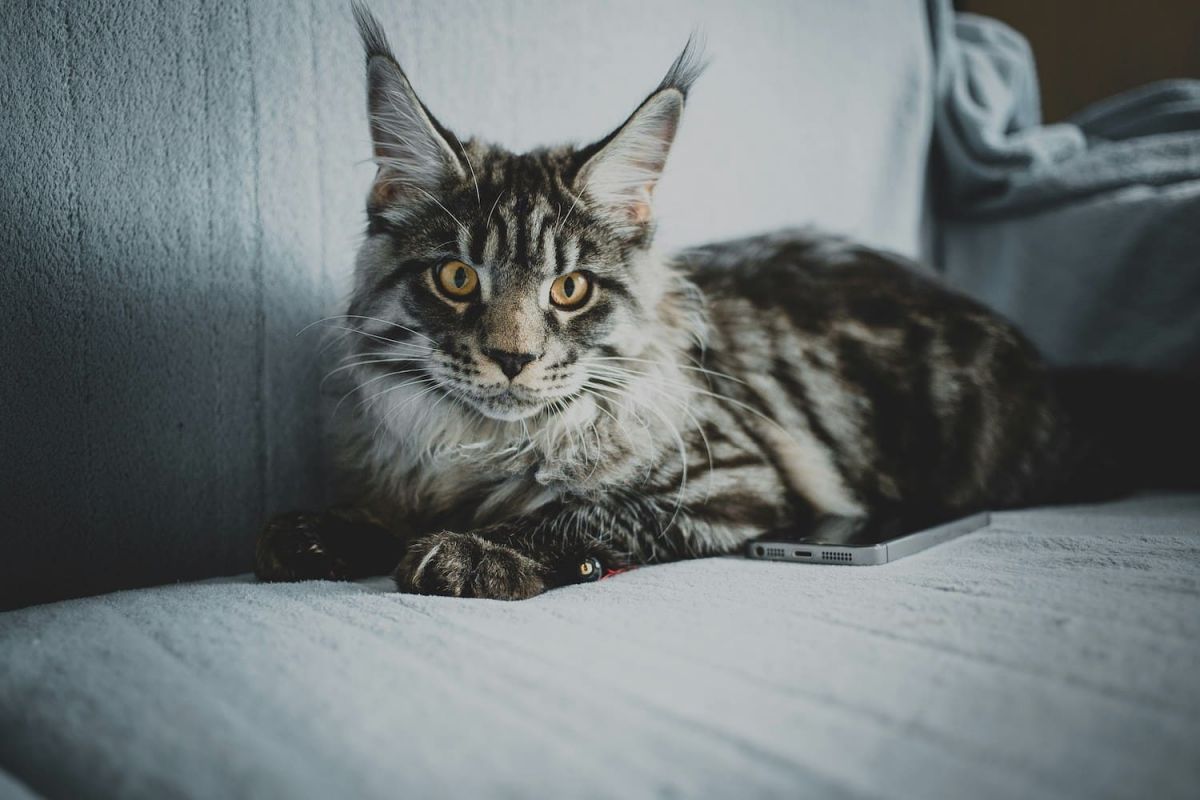What If Your Cat Has Toxoplasma Gondii
 October 29, 2023
October 29, 2023
The parasite Toxoplasma gondii can live inside cats without causing any discomfort to them. However, it poses some health risks to some people, particularly pregnant women and people with weakened immune systems. In order to manage and prevent this parasite from affecting your cat, here are certain steps you must take.
First, take your cat to the vet for diagnosis and treatment. If you suspect your cat has a toxoplasma infection, it is best to take it to the vet for tests and diagnosis. A veterinarian can test your cat for antibodies to Toxoplasma by drawing a blood sample. If a positive diagnosis is confirmed, the veterinarian can develop a treatment plan for the cat on a case-by-case basis to help control and manage the infection.
Next, pay attention to personal hygiene and preventive measures. Toxoplasma is mainly transmitted through faeces, so you should pay attention to personal hygiene and protective measures. Using disposable gloves to clean your cat's litter box, cleaning and disinfecting the litter box regularly, and avoiding direct contact with your cat's feces are all effective precautions. Wash your hands thoroughly after handling your cat's feces and avoid putting your hands in your mouth.

Then, control the cat's hunting behavior. Cats are natural predators and often prey on rodents and birds. However, it is possible that these rodents and birds carry Toxoplasma. Therefore, it is important to try to control the hunting behavior of cats and prevent them from hunting wild animals to reduce the risk of infection.
In conclusion, if your cat is diagnosed with Toxoplasma, you should take it to the veterinarian for diagnosis and treatment. At the same time, paying attention to personal hygiene and preventive measures, controlling your cat's hunting behavior, considering spaying and neutering surgery, and having regular veterinary visits and antibody testing are all important measures to manage and prevent toxoplasma infection in your cat. With proper management and prevention, the risk of infection with Toxoplasma gondii can be reduced and the health and safety of cats and humans can be protected.

What Should I Pay Attention to When Grooming My Dog


The Key to Successful Pet Sales: Effective Pet Marketing Strategies


The Benefits of Pet Can Milk: Provide Comprehensive Nutritional Security for Your Pet


What Does the Ragdoll Cat Like to Eat


Are Maine Coon Cats Easy to Keep


Chinese Pet Goldfish Invade North America


A Seven-year-old Chinese Dog Has Won a Competition to Be the World's Ugliest Dog


Russia's 18-year-old Pet Dog Came Back to Life















